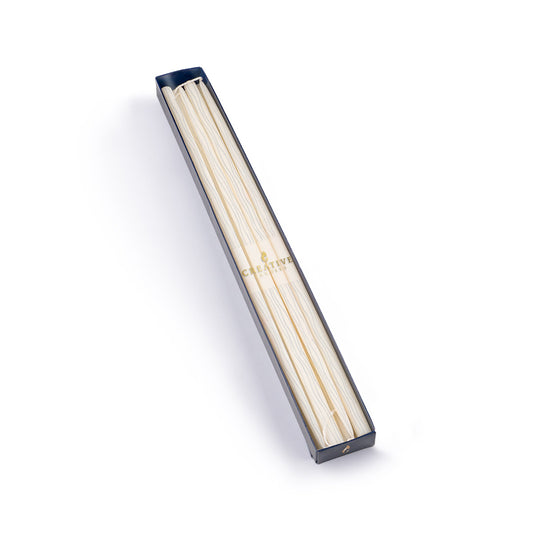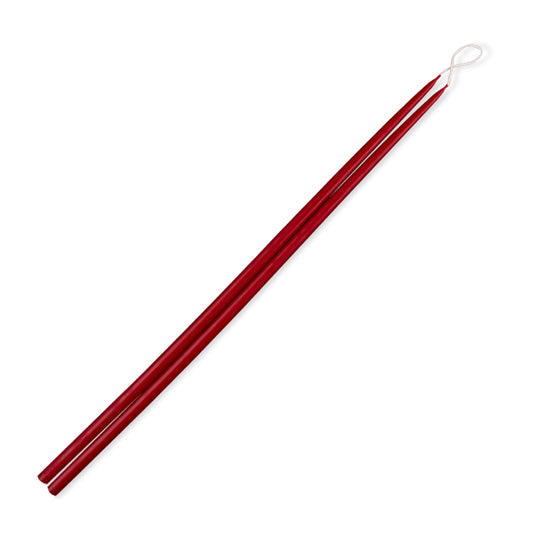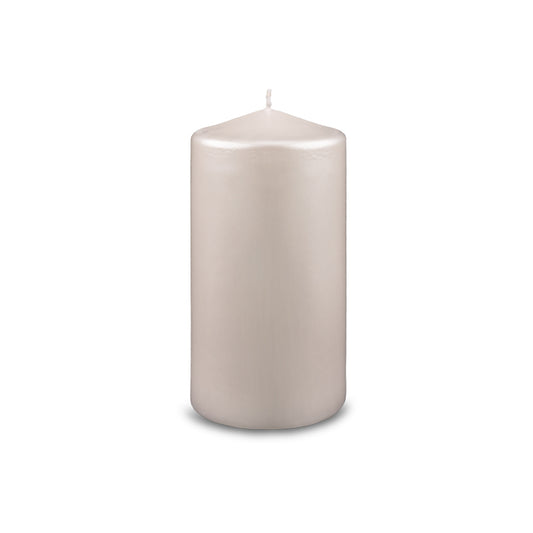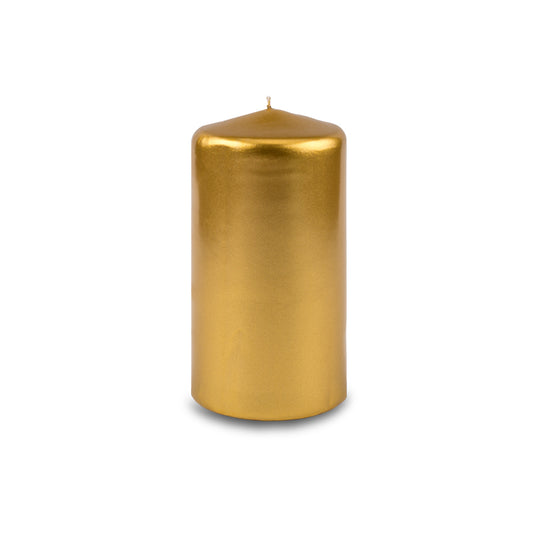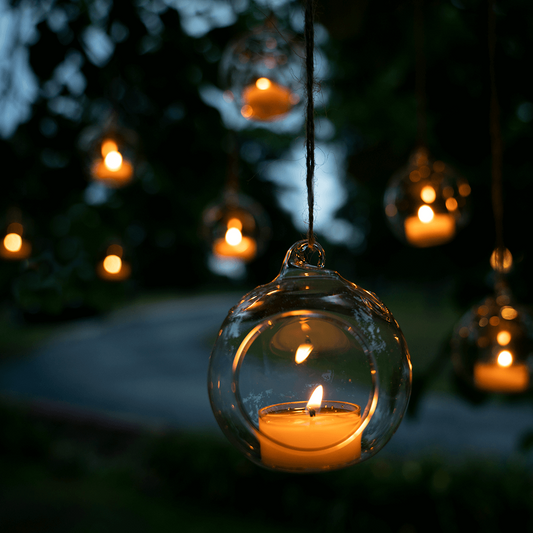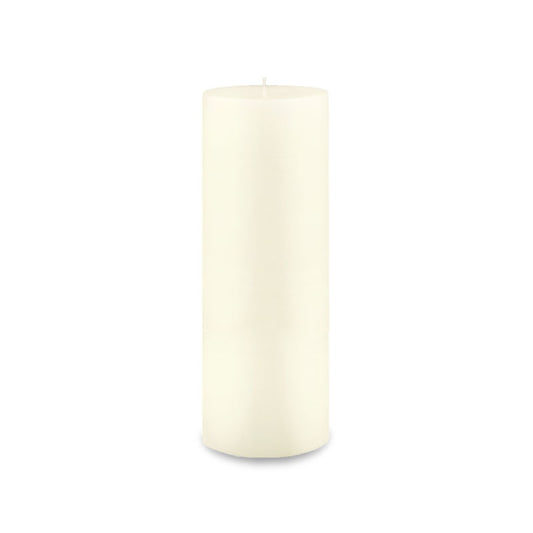The history of candles is fascinating, complex, and sometimes even surprising. In our new series of articles, we're going to delve into candle-making from its very origins right through to today, a time when the candles are a multi-billion dollar industry, we have discovered new ways of making them, and of course we've added scent. And it's scent that we'll focus on, from making candles with animal fat - imagine how they smelt - to the delicious variety of fragrances we have today.
Let's start with how we got to where we are today.
A History of Candle Use
Candles were originally used as an important source of light and in many religious celebrations. Around 3,000 to 5,000 years ago, the Ancient Egyptians used rushlights, a type of candle made by soaking the dried pith, or core, of the rush plant in melted animal fat or grease. Rushlights didn't have a wick so they weren't like candles as we know them today, but they are one of the earliest forms of contained light we know about. They were also cheap to make, so they were used by the poor for centuries to come.
Perhaps unsurprisingly, it was the Romans who are thought to have made the first wicked candles by wrapping a roll of papyrus round a length of twine and dipping it repeatedly into tallow, a rendered form of beef or mutton fat. The way candles were used didn't change, but they lasted longer and were better quality than rushlights.
Early Use of Candles Around the World
The Romans didn't have a monopoly on candle-making though. Many other early civilizations also "invented" wicked candles using waxes made from local plants. The Chinese used rolled ricepaper as wicks; in India, wax was made from the fruit of the cinnamon tree, and tribes in Alaska and Canada used the eulachon fish as a candle - a fish so oily that once dried they will burn like a candle when you light one end.
Throughout this time, candles - in whatever form - played an important part in religious ceremonies. Hanukkah, the Jewish Festival of Lights, was first recorded around 165 B.C. The Roman Emperor Constantine (306 and 337 A.D.) ordered candles to be used during Easter celebrations. Indeed, in Christianity lights represent the purifying light of God and have been an important part of ceremonies since around the time of Constantine.
During the Middle Ages, which began around 500 A.D. and lasted for 1,000 years, candles took a turn for the better. Instead of using the acrid-smelling, animal-based tallow, there was a beeswax candle revolution. Beeswax burns much more cleanly, has a pleasant smell, and is almost smokeless. Beeswax candles were expensive though, and were most often found in churches and in the houses of the wealthy.
How Candles Changed in the 18th and 19th Centuries
There was another "improvement" in candle-making in the 18th century with the growth in whaling. Sperm whales have a substance in their heads called spermaceti, and when this is crystallized it can be used to make candles. The abundance of whaling meant that spermaceti was available in huge quantities. It was preferable to tallow and beeswax because it was harder and therefore wouldn't melt in warmer weather, and also had the advantages of burning brightly and not having an unpleasant smell.
In the U.S. around this time, colonial women boiled bayberries to produce a much more pleasant-smelling wax that also burned cleanly. However, this was an intricate and time-consuming process and so wasn't done regularly.
It was during the 19th century that candle-making was truly revolutionized:
- 1820s - a French chemist extracted stearic acid from animal fatty acids which led to the development of a hard, clean wax called stearin, which is still used in Europe today.
- 1834 - the birth of industrialized candles. A molded candle production machine was invented and candles could be mass-produced. This also made them cheaper.
- 1850s - chemists separated paraffin from petroleum and refined it into paraffin wax, odorless, clean-burning, and economical.
However, it was also during the 19th century that the lightbulb was invented. With that, candle-making went into severe decline for more than 100 years.
The Use of Candles Today
The oil and meatpacking industries in the U.S. grew during the first half of the 20th century, creating paraffin and stearic acid as byproducts. The ready availability of these materials saw candle-making increase again, and with it candles' popularity.
Fast-forward to the 1980s, and the trend in candles as decorations and gifts as we know it today really took off. Different sizes, shapes, colors, and scents were available, and the candle industry grew rapidly. Since the 1990s and continuing to today, candles are being made from more and more different types of wax, such as soybean, coconut, rapeseed, and palm oil.




